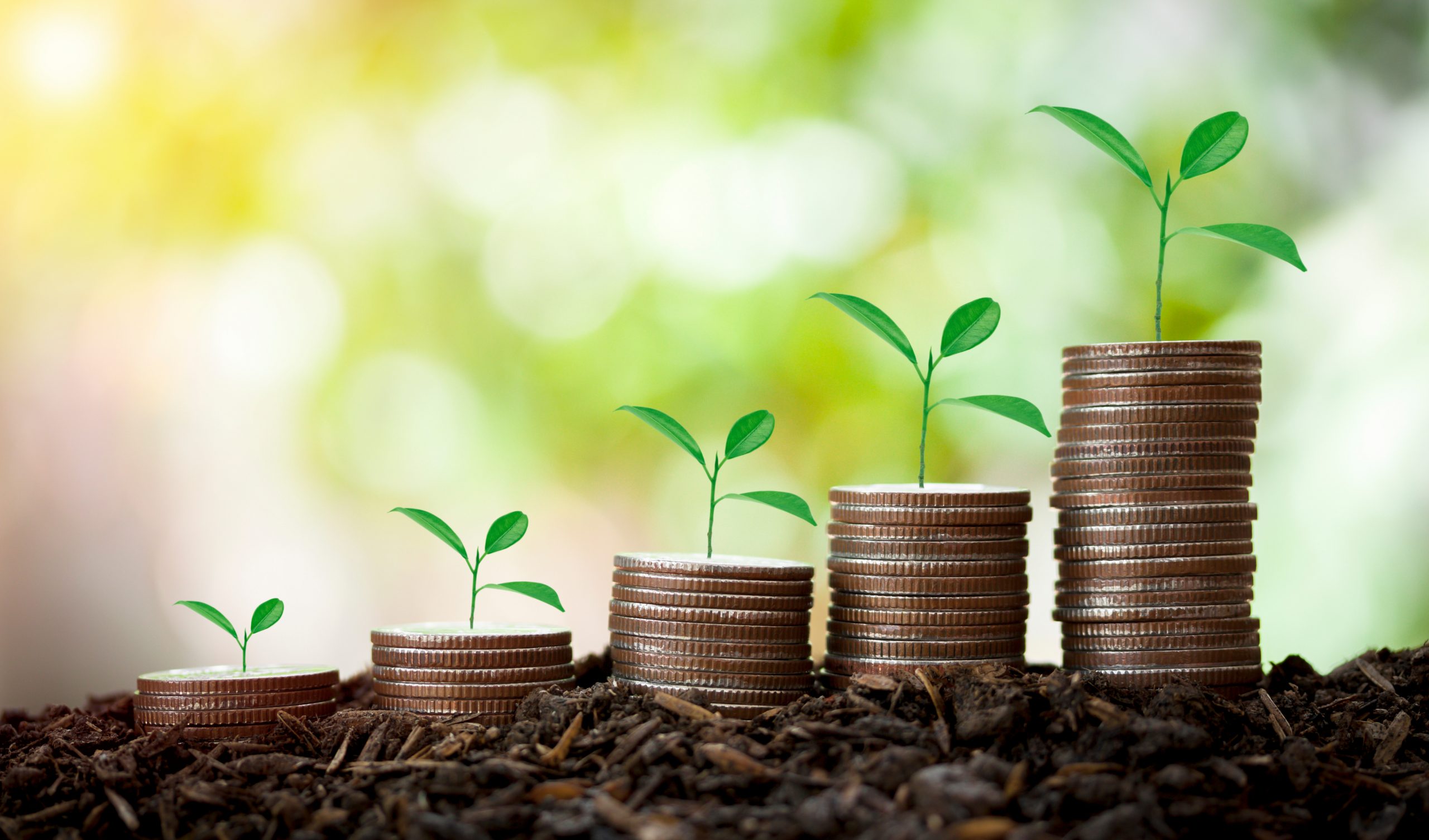We all know change doesn’t happen overnight. And it can be particularly slow when shifting business processes to more sustainable ways of operating.
When executed well, sustainable initiatives allow organisations to do good for their community, improve company culture, and, of course, protect the natural environment. But not every business gets it right, and this may be because they’re missing one crucial (and often overlooked) element.
What’s needed for sustainable change?
First and foremost, sustainability must be integrated as a core company value. This commitment to ecological consideration at an organisational level will pave the way for small, ongoing sustainable shifts and make changes more likely to be successful and last long-term.
When considering opportunities for change, start by taking a holistic view of current business operations and identify where improvements should be made. The business must be willing to apply the recommendations and persevere with them, even if faced with roadblocks. Still, possibly the most essential part of any sustainability agenda is that it’s driven by someone, or a group of people, who are truly passionate about the cause.
Who’s your business’s changemaker?
A changemaker can be anyone in the organisation who’s enthusiastic about sustainability and making a positive difference.
This person usually has a ‘big vision’ of what the future could look like, are great at challenging the status quo, and act as a catalyst for approaching old problems in new and innovative ways.
To ensure the change lands effectively, the changemaker needs to have excellent project management skills, communication with stakeholders at all levels of the business, and the ability to make others feel involved throughout the process.
Traditionally, organisational change happens in a top-down or bottom-up approach. In a hierarchical structure, senior leaders drive top-down change, and the directive is disseminated to lower-level team members. Naturally, company leaders have access to more resources and are in a position of power to make the change stick. Although, they risk employees feeling disempowered if they aren’t consulted and engaged along the journey.
In a bottom-up model, the changemaker can be an employee or a group of employees who aren’t business leaders but are passionate about the cause. A group may form a steering committee and work together to drive the sustainability agenda.
These changemakers can proactively roll out smaller step-changes that contribute to a company-wide transformation. It may be incremental things like changing the product packaging in the supply chain to something compostable, switching the office garbage bags to a compostable bin liner, or updating customer shopping bags to a compostable version.
Employee-led change commonly generates more support from peers, as they feel a sense of ownership over the change and a level of responsibility for its success. Even so, the change still requires buy-in from senior leaders to come to fruition. Without this support from the top, it can be challenging for ‘bottom-up’ changemakers to garner support anywhere else in the business.
What makes or breaks a sustainable change agenda?
Regardless of the changemaker’s position within the company, change requires stakeholder engagement at all levels. The importance of and requirement for the change need to be effectively communicated. Depending on the size and scale, a dedicated ‘sponsor’ may also be needed to help move things along and gain necessary approvals.
Over to you!
There’s no doubt identifying and implementing successful sustainable change requires a lot of work, conversations, and modelling. Still, above all, the secret weapon in applying sustainable change within a company is the passion of its people.
Next time you’re faced with the prospect of modernising unsustainable business operations, first find the changemaker in your organisation.




